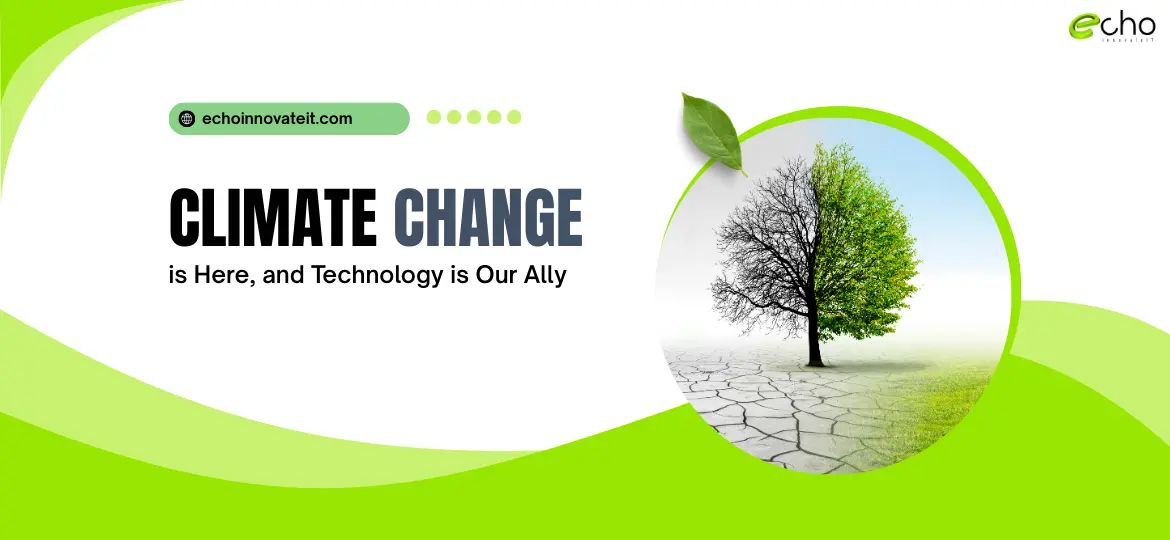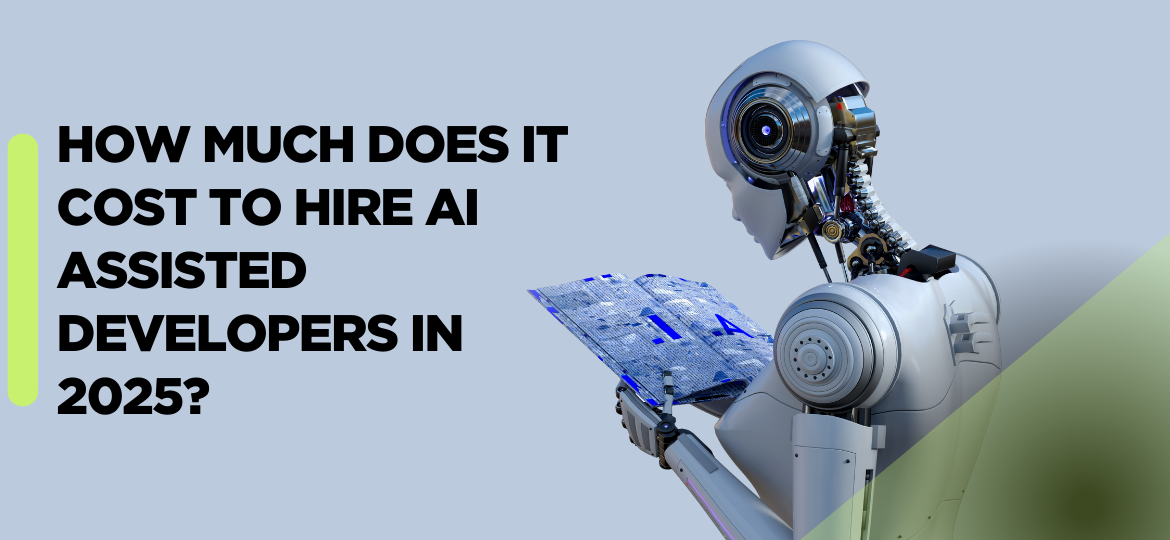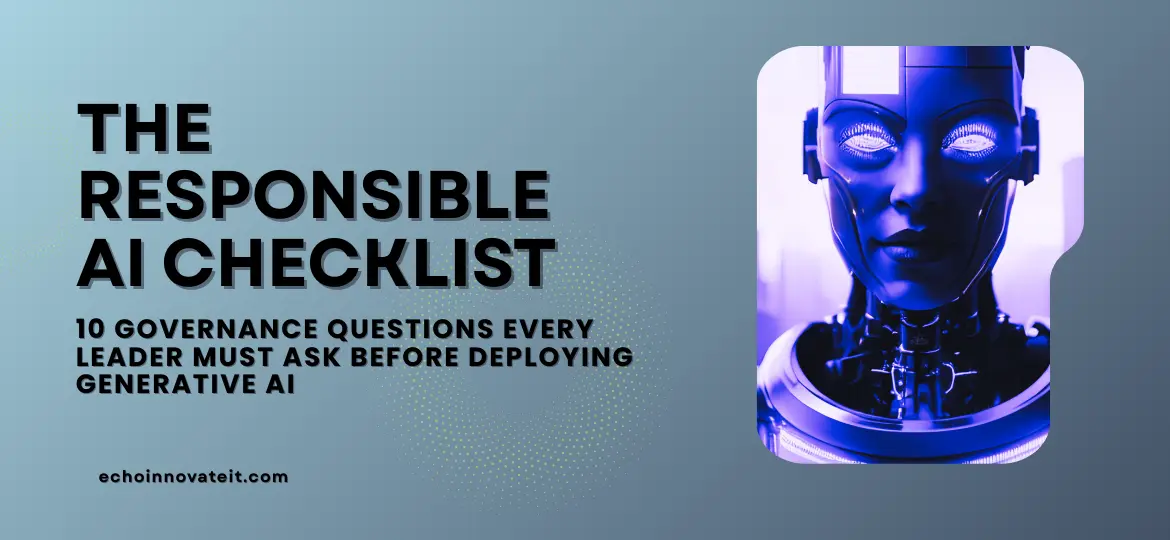Introduction: Climate Change is Here, and Technology is Our Ally
Climate change is no longer a distant future—it’s a daily reality for communities across the United States and around the world. From record-breaking heat waves in California, hurricanes along the East Coast, to wildfires in the West, Americans are experiencing the urgent consequences of a warming planet. The question is no longer if we act, but how fast and how effectively we can respond.
Enter climate tech—a rapidly growing field that merges innovation, artificial intelligence (AI), and clean technology to mitigate greenhouse gas emissions, protect ecosystems, and help people adapt to extreme weather events. In 2025, the biggest game-changer in climate tech is AI-powered climate solutions.
What is Climate Tech?
Climate technology, also known as clean technology or green innovation, refers to tools, platforms, and inventions designed to combat climate change and build a sustainable future. These technologies span multiple industries, including:
- Clean energy (solar panels, wind farms, smart grids).
- Electric vehicles (EVs) and sustainable transportation.
- Carbon capture and carbon removal solutions.
- Sustainable agriculture and AI-driven precision farming.
- Water conservation and smart irrigation systems.
- Green building technologies and smart cities.
In the U.S., climate tech is more than an environmental movement—it’s an economic opportunity. Reports show the climate tech market in the USA is growing at double-digit rates, attracting venture capital, startups, and enterprises eager to innovate in renewable energy, AI-powered forecasting, and mobile sustainability apps.
The Role of AI in Climate Tech
Artificial Intelligence is transforming how we predict, prevent, and respond to climate change. Unlike traditional tools, AI processes massive data sets in real time, enabling faster, smarter, and more actionable insights.
AI for Forecasting Extreme Weather
- Predictive analytics allow governments and cities to anticipate hurricanes, floods, wildfires, and droughts.
- AI-driven weather forecasting systems can determine when heavy rains will arrive, which neighborhoods will flood, and how long recovery might take.
- Emergency response teams can use AI disaster response platforms to know when and where to dispatch resources.
AI for Renewable Energy and Smart Grids
- AI optimizes solar panel and wind turbine energy output.
- Predictive models help balance electric grid loads, reducing blackouts during heat waves.
- AI supports energy-efficient building design, lowering emissions across urban areas.
AI for Agriculture and Food Security
- U.S. farmers use AI-powered precision agriculture to predict crop yields, conserve water, and reduce fertilizer use.
- AI models monitor soil health and climate impacts to maximize food security.
AI for Carbon Tracking and Removal
- Businesses in the USA deploy AI-powered carbon monitoring platforms to measure and reduce emissions.
- Startups leverage AI to enhance direct air capture and carbon offset strategies.
Why AI + Climate Tech Matters for the USA in 2025
The United States faces both risks and opportunities in the climate era. From protecting coastal cities like Miami and New York against flooding to building sustainable energy systems in Texas and California, AI-powered climate tech is at the center of innovation.
- Economic growth: Clean energy and AI-driven climate startups are creating new jobs across the U.S.
- Resilience: AI gives communities better tools to prepare for climate disasters.
- Sustainability: From iOS and Android mobile apps that track carbon footprints to AI smart-home devices reducing energy waste, technology helps everyday Americans make greener choices.
Climate Tech Trends to Watch in 2025
- AI and Machine Learning for Disaster Resilience – faster, more precise weather prediction.
- Mobile Climate Apps – Android and iOS apps helping citizens reduce energy use and track sustainability goals.
- Electric Vehicles and Smart Mobility – AI optimizing EV charging stations and routes across the USA.
- Decentralized Energy Systems – AI-powered microgrids for rural and urban resilience.
- Climate Data Platforms – Open-data hubs for scientists, governments, and enterprises to make informed decisions.
How AI is Forecasting Climate Change in 2025: Smarter Predictions for a Safer Future
Climate change is no longer just a scientific debate—it’s a daily reality for millions of Americans. From California wildfires and Florida hurricanes to record-breaking heat waves in Texas and flooding along the East Coast, the United States is on the front lines of climate risk.
Until recently, predicting these climate patterns required months of research, expensive supercomputers, and complex simulations. But in 2025, artificial intelligence (AI) is revolutionizing climate forecasting. AI makes climate models faster, more accurate, and more detailed, offering communities and businesses the foresight needed to prepare for the future.
How AI Analyzes Climate Data
AI can process massive environmental datasets from:
- Satellites and drones monitoring global ecosystems.
- Weather stations capturing temperature, rainfall, and storm patterns.
- Ocean sensors tracking sea level rise and warming waters.
- IoT devices measuring air quality, energy use, and soil health.
By detecting hidden patterns that humans may overlook, AI provides actionable insights for scientists, governments, and businesses across the USA. This data-driven intelligence makes climate forecasting more precise than ever before.
The Future of AI in Climate Tech
As climate challenges grow more urgent, the role of artificial intelligence (AI) in addressing them is rapidly evolving. What began as an assistive technology is now transitioning into an engine of climate innovation, driving breakthroughs that will shape the way we predict, adapt, and respond to climate change.
Here’s a forward-looking view of how AI may define the future of climate tech:
Hyper-Personalized Climate Solutions
AI will enable localized and highly personalized climate responses, helping individuals, businesses, and governments adapt with precision. Imagine:
- Forecasting flood risks for individual neighborhoods in cities like Miami or New Orleans.
- Advising farmers in the Midwest on crop-specific threats from shifting rainfall and drought patterns.
- Delivering real-time, app-based alerts to households on iOS and Android about nearby climate hazards.
These hyper-targeted insights will empower communities to make smarter, faster decisions at every level.
Next-Generation Climate Modeling with AI and Quantum Computing
The combination of AI’s analytical power and quantum computing’s speed will give rise to climate models with unprecedented accuracy. These tools will allow policymakers and scientists to:
- Run realistic, high-fidelity simulations of future climates.
- Forecast environmental changes decades in advance.
- Base decisions on more reliable, data-driven projections.
This evolution in modeling will provide leaders the confidence to design long-term sustainability plans with greater certainty.
AI-Powered Carbon Markets
Carbon offset programs are essential to reducing emissions, but they face challenges of verification and transparency. AI can transform these markets by:
- Monitoring and validating carbon credits in real time.
- Detecting and reducing risks of greenwashing.
- Creating trustworthy, transparent carbon-trading systems.
With AI, carbon markets will become more credible and effective, supporting stronger global climate commitments.
Automated Climate Systems
In the near future, we may see AI move beyond forecasting to active climate management. Imagine systems that:
- Automatically balance energy grids to optimize renewable energy use.
- Regulate factory emissions in real time to stay within sustainable limits.
- Restore ecosystems through AI-directed reforestation or water management programs.
These automated systems could mark the shift from reactive climate strategies to proactive, AI-driven interventions.
Human–AI Collaboration in Climate Innovation
The future of AI in climate tech is not about replacing people but about augmenting human decision-making. Scientists, engineers, and policymakers will rely on AI to:
- Stress-test potential solutions.
- Model different climate scenarios.
- Make faster, smarter, and more informed decisions. This collaborative partnership between humans and AI will unlock bold, innovative climate strategies that were previously unimaginable.
Building an Ethical and Global Future with AI
For AI to truly serve the planet, ethical development and global collaboration will be critical. Open data-sharing, transparent governance, and international cooperation will ensure that AI works for the benefit of people, nature, and future generations.
The exciting reality is this: with responsible innovation, AI has the power to be a cornerstone of global climate resilience.
Conclusion
In 2025, climate tech powered by AI is one of the most promising opportunities to protect our planet while driving innovation in the United States. By combining data science, clean energy, mobile apps, and AI forecasting tools, we are moving from reactive responses to proactive climate solutions.
The future of sustainability will not only be about reducing emissions—it will be about using technology intelligently to predict, prepare, and prevent crises while building a thriving, resilient society.
FAQs
What is climate tech in 2025?
Climate tech in 2025 refers to innovative technologies that reduce carbon emissions, improve energy efficiency, and support climate resilience. It includes AI forecasting, renewable energy, electric vehicles, carbon capture, and sustainable agriculture solutions.
How is AI used to fight climate change?
AI helps fight climate change by forecasting extreme weather, optimizing renewable energy grids, tracking carbon emissions, and supporting disaster preparedness apps for Android and iOS users in the USA.
Can AI really predict climate change?
Yes. AI analyzes satellite data, ocean signals, and weather station inputs to make faster, more accurate climate predictions compared to traditional models.
What are AI climate models?
AI climate models use machine learning and quantum computing to simulate future climate patterns, helping governments and businesses plan decades ahead.
How does AI support renewable energy in the USA?
AI improves solar and wind energy forecasting, balances U.S. power grids, reduces energy waste, and makes smart cities more sustainable.
Are there mobile apps that use AI for climate forecasting?
Yes, in 2025 several Android and iOS apps in the USA provide real-time weather alerts, air quality updates, flood warnings, and personalized climate insights powered by AI.
How does AI help with disaster preparedness?
AI creates risk maps for hurricanes, wildfires, floods, and droughts, allowing U.S. emergency services to prepare earlier and respond faster.
What role does AI play in agriculture and food security?
AI helps farmers by predicting crop yields, monitoring soil health, managing irrigation, and reducing food waste, making agriculture more climate-resilient.
Can AI reduce carbon emissions?
Yes. AI reduces carbon emissions by optimizing transportation routes, regulating factory emissions, verifying carbon credits, and automating energy efficiency systems.



